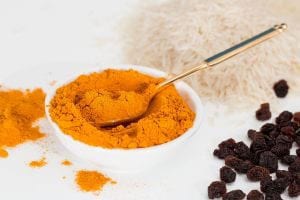Kuur Therapeutics has recently released interim data on their CAR-NKT cell therapy platform, which was created for the treatment of hematological and solid malignancies. This data comes from two phase 1 studies: the GINAKIT2 study and the ANCHOR study. The former evaluates KUR-501 as a treatment for relapsed/refractory neuroblastoma while the second investigates KUR-502 for R/R CD19 positive malignancies.
About Neuroblastoma
Neuroblastoma is a rare form of cancer that forms from immature nerve cells, neuroblasts. It typically impacts children under the age of five. Affected individuals will experience symptoms like bulging eyes, bone pain, painless lumps beneath the skin, dark circles around the eyes, the inability to move certain body parts, trouble breathing, swollen stomach, and a lump in the abdomen, neck, or chest.
After noticing the characteristic symptoms, doctors will begin the diagnostic process with a physical exam. X-rays, CT scans, ultrasounds, bone marrow or tissue biopsies, and urine and blood tests will follow. After a diagnosis is confirmed, treatment options consist of chemotherapy, radiation, surgery, immunotherapy, stem cell transplants, or investigative treatments.
New Data
Researchers from Kurr Therapeutics are very excited by the initial data from the two studies. They acknowledge that they are only at the start of the clinical trial process, but the safety profile and tumor homing ability of the treatments are encouraging.
Looking specifically at the phase 1 GINAKIT2 study, ten patients were given escalating doses, with the highest dosage at 1×108 cells/m2.. Of these ten pen patients, one patient reached a complete response, one reached a partial response, and three have achieved stable disease. After taking samples from their tumors for biopsies, researchers saw that the CAR-NKT cells were able to home in on the neuroblastoma cells. The safety profile was favorable as well; there was only a single case of grade two cytokine release syndrome (CRS).
Turning to the ANCHOR study, two lymphoma patients were enrolled and dosed with1×107 cells/m2. Both achieved a response, with one being a complete response and the other a partial. The safety profile was extremely favorable, with no cases of cytokine release syndrome, immune effector cell-associated neurotoxicity syndrome, or graft vs. host disease.
Looking Forward
The interim data from these two trials is extremely positive, which is exciting for both medical professionals and patients. Hopefully future clinical trials find the same success.
To read more about these trials, click here.







